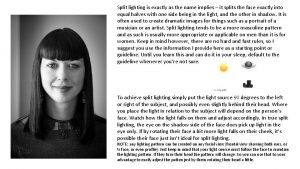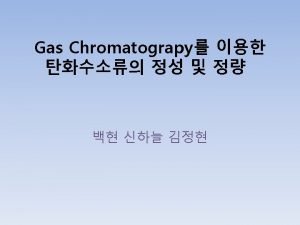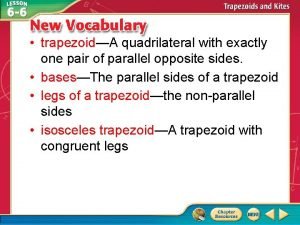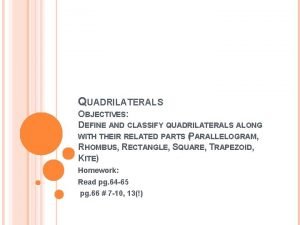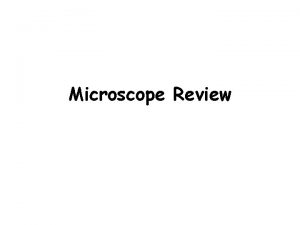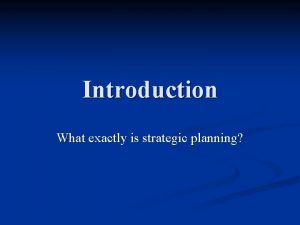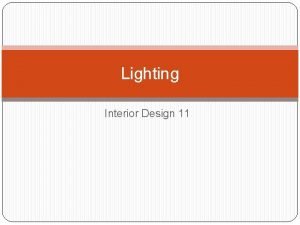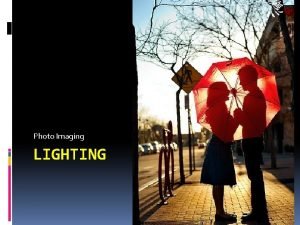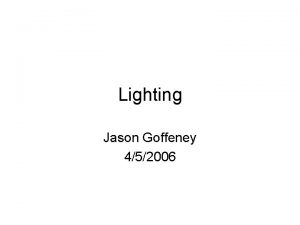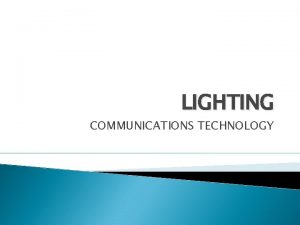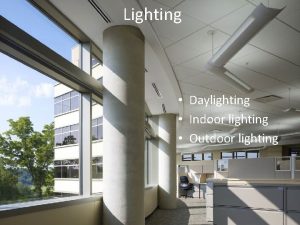Split lighting is exactly as the name implies








![http: //www. better-digital-photo-tips. com/light-ratio. html#gallery[page. Gallery]/1/ https: //photographylife. com/how-to-photograph-corporate-portraits http: //digital-photography-school. com/lighting-ratios-to-make-or-break-your-portrait/ http: //www. http: //www. better-digital-photo-tips. com/light-ratio. html#gallery[page. Gallery]/1/ https: //photographylife. com/how-to-photograph-corporate-portraits http: //digital-photography-school. com/lighting-ratios-to-make-or-break-your-portrait/ http: //www.](https://slidetodoc.com/presentation_image/2645377c6c33d133ec57544417df149a/image-9.jpg)
- Slides: 9

Split lighting is exactly as the name implies – it splits the face exactly into equal halves with one side being in the light, and the other in shadow. It is often used to create dramatic images for things such as a portrait of a musician or an artist. Split lighting tends to be a more masculine pattern and as such is usually more appropriate or applicable on men than it is for women. Keep in mind however, there are no hard and fast rules, so I suggest you use the information I provide here as a starting point or guideline. Until you learn this and can do it in your sleep, default to the guideline whenever you’re not sure. To achieve split lighting simply put the light source 90 degrees to the left or right of the subject, and possibly even slightly behind their head. Where you place the light in relation to the subject will depend on the person’s face. Watch how the light falls on them and adjust accordingly. In true split lighting, the eye on the shadow side of the face does pick up light in the eye only. If by rotating their face a bit more light falls on their cheek, it’s possible their face just isn’t ideal for split lighting. NOTE: any lighting pattern can be created on any facial view (frontal view showing both ears, or ¾ face, or even profile). Just keep in mind that your light source must follow the face to maintain the lighting pattern. If they turn their head the pattern will change. So you can use that to your advantage to easily adjust the patten just by them rotating their head a little.

http: //digital-photography-school. com/6 -portrait-lighting-patterns-every-photographer-should-know/ Broad lighting is when the subject’s face is slightly turned away from centre, and the side of the face which is toward the camera (is broader) is in the light. This produces a larger area of light on the face, and a shadow side which appears smaller. Broad lighting is sometimes used for “high key” portraits. This type of lighting makes a person’s face look broader or wider (hence the name) and can be used on someone with a very slim face to widen it. Most people however want to look slimmer, not wider so this type of lighting would not be appropriate for someone who is heavier or round faced. To create broad lighting the face is turned away from the light source. Notice how the side of the face that is towards the camera has the most light on it and the shadows are falling on the far side of the face, furthest from the camera. Simply put broad lighting illuminates the largest part of the face showing.

Short lighting is the opposite of broad lighting. As you can see by the example here, short lighting puts the side turned towards the camera (that which appears larger) in more shadow. It is often used for low key, or darker portraits. It puts more of the face in shadow, is more sculpting, add 3 D qualities, and is slimming and flattering for most people. In short lighting, the face is turned towards the light source this time. Notice how the part of the face that is turned away from the camera has the most light on it and the shadows are falling on the near side of the face, closet to the camera. Simply put short lighting has shadows on the largest part of the face showing.

Loop lighting is made by creating a small shadow of the subjects noses on their cheeks. To create loop lighting, the light source must be slightly higher than eye level and about 30 -45 degrees from the camera (depends on the person, you have to learn how to read people’s faces). In loop lighting the shadow of the nose and that of the cheek do NOT touch. Keep the shadow small and slightly downward pointing, but be aware of having your light source too high which will create odd shadows and cause loss of the catchlights. Loop light is probably the most common or popular lighting pattern as it is easy to create and flatters most people.

Butterfly lighting is aptly named for the butterfly shaped shadow that is created under the nose by placing the main light source above and directly behind the camera. The photographer is basically shooting underneath the light source for this pattern. It is most often used for glamour style shots and to create shadows under the cheeks and chin. It is also flattering for older subjects as it emphasizes wrinkles less than side lighting. Butterfly lighting is created by having the light source directly behind the camera and slightly above eye or head level of the subject (depends on the person). It is sometimes supplemented by placing a reflector directly under their chin, with the subject themselves even holding it! This pattern flatters subjects with defined or prominent cheek bones and a slim face. Someone with a round, wide face would look better with loop or even split to slim their face. This pattern is tougher to create using windowlight or a reflector alone. Often a harder light source like the sun or a flash is needed to produce the more defined shadow under the nose.

To create Rembrandt lighting the subject must turn slightly away from the light. The light must be above the top of their head so that the shadow from their nose falls down towards the cheek. Not every person’s face is ideal for creating Rembrandt lighting. If they have high or prominent cheek bones it will probably work. If they have a small nose or flat bridge of the nose, it may be difficult to achieve. Again, keep in mind you don’t have to make exactly this pattern or another, just so long as the person is flattered, and the mood you want is created – then the lighting is working. If you are using window light and the window goes down to the floor, you may have to block off the bottom portion with a gobo or card, to achieve this type of lighting.

Rembrandt lighting is so named because the Rembrandt the painter often used this pattern of light in his paintings, as you can see in his self portrait here. Rembrandt lighting is identified by the triangle of light on the cheek. Unlike loop lighting where the shadow of the nose and cheek do not touch, in Rembrandt lighting they do meet which, creates that trapped little triangle of light in the middle. To create proper Rembrandt lighting make sure the eye on the shadow side of the face has light in it and has a catch light, otherwise the eye will be “dead” and not have a nice sparkle. Rembrandt lighting is more dramatic, so like split lighting it creates more mood and a darker feel to your image. Use it appropriately.

A portrait is a depiction of a person. The light and shadow contribute to the way the artist (photographer) sees that person. The painter could take liberties that the photographer cannot. The photograph will show exactly how the light is, not the way the painter thought it should be. So the photographer must control the light, the camera, the background, the exposure and the model. Jeez, who thought it was this complicated.
![http www betterdigitalphototips comlightratio htmlgallerypage Gallery1 https photographylife comhowtophotographcorporateportraits http digitalphotographyschool comlightingratiostomakeorbreakyourportrait http www http: //www. better-digital-photo-tips. com/light-ratio. html#gallery[page. Gallery]/1/ https: //photographylife. com/how-to-photograph-corporate-portraits http: //digital-photography-school. com/lighting-ratios-to-make-or-break-your-portrait/ http: //www.](https://slidetodoc.com/presentation_image/2645377c6c33d133ec57544417df149a/image-9.jpg)
http: //www. better-digital-photo-tips. com/light-ratio. html#gallery[page. Gallery]/1/ https: //photographylife. com/how-to-photograph-corporate-portraits http: //digital-photography-school. com/lighting-ratios-to-make-or-break-your-portrait/ http: //www. digitalphotomentor. com/how-to-create-a-dramatic-profile-portrait-anywhere-without-using-flash/
